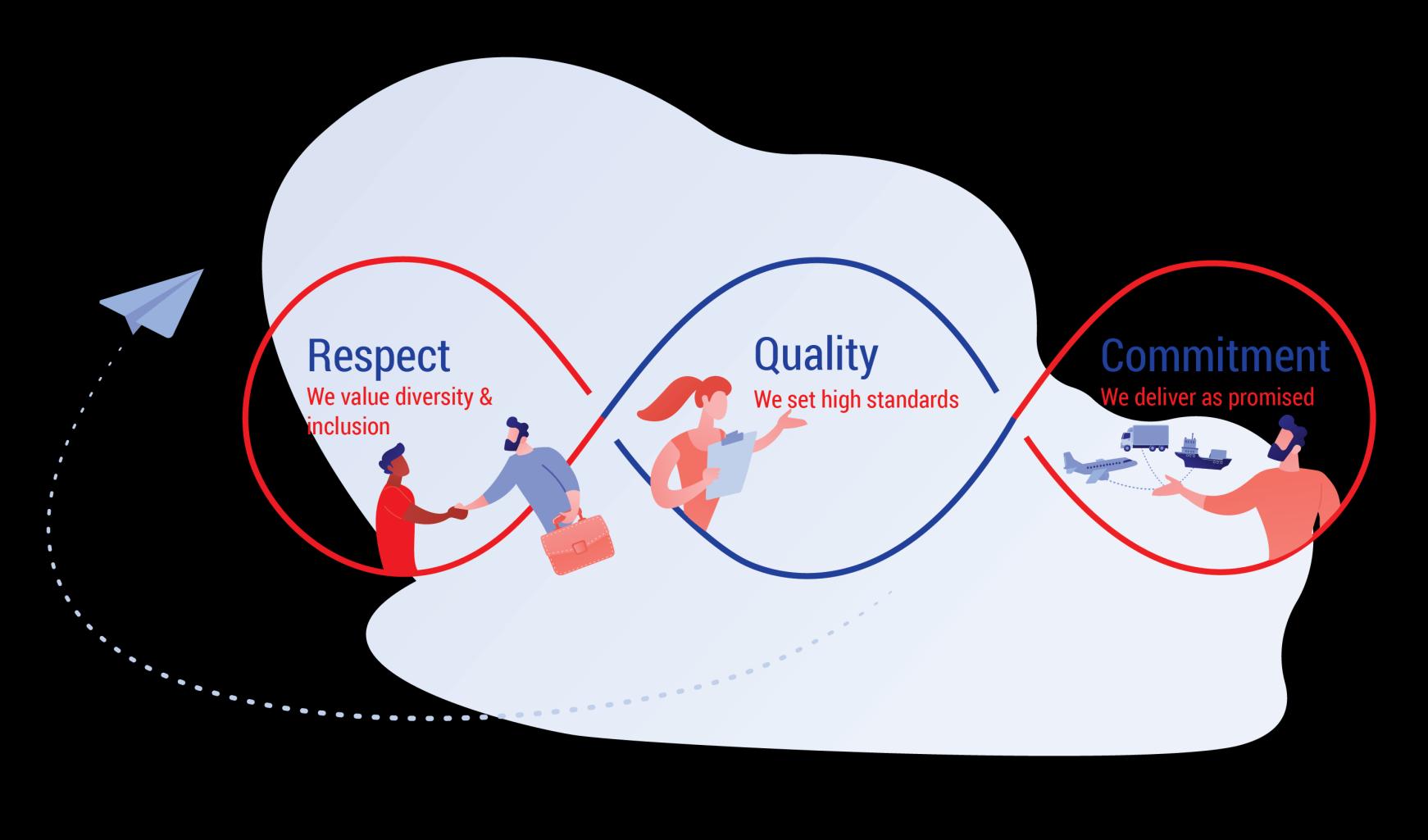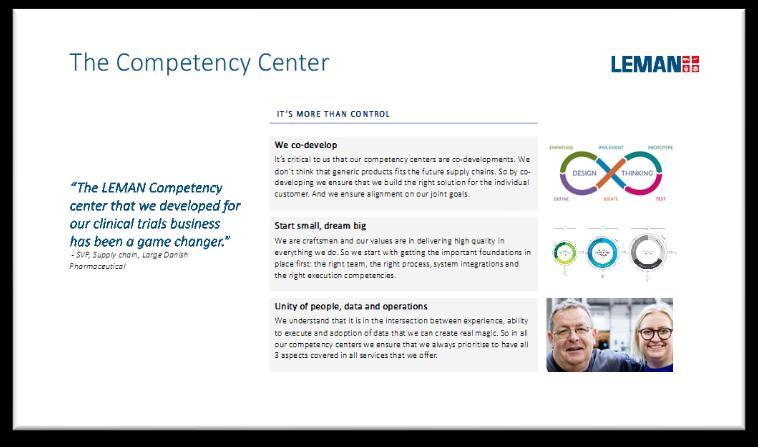
1 minute read
Layer 2: Operational services
CFS Consolidation Airfreight as exception
The goal in our “airfreight as exception” approach is to buy time. And through proactive reporting and follow up, our Competency center buys time to enable better decision making, with the purpose of reducing airfreight:
• Airfreight often cost up to 10 times that of ocean freight
• Airfreight emissions can be up to 100 times higher than that of ocean freight
• We will use the Salling Group agreed rate structure for invoicing supplier
Typically, our Competency center follows a simple 3-step process:
1. Remove
Work with the destination and Salling Group to look for possibilities to delay the goods and find alternative schedules that allow for minor delays without compromising service delivery.
2. Reduce
If not possible to remove, then we work on reducing through Sea/Air options or split shipments via our CFS. This way we may be able to limit the amount of goods that ends up on airfreight.
3. Optimize
For shipments that must travel by air, our Competency center do their outmost to find the best routing and airfreight option to keep cost and emissions at the lowest possible level.
We use our CFS facilities to optimize the flow of small shipment or to otherwise achieve benefits from optimized customs clearance process, port rationalization and valueadded services such as quality control, labelling, repacking, palletizing etc.
The key financial benefits from consolidation is improved container utilization resulting in lower terminal/port cost, transport cost, and emissions.
Typically, we operate two flows:
CFS-DC
Smaller shipments are consolidated at origin and shipped directly to the Salling Group DC.
High level process steps
CFS-Decon
Smaller shipments are consolidated at origin and shipped to a destination DC where it is split, palletized or otherwise prepared before moved to Salling Group DC(s)









